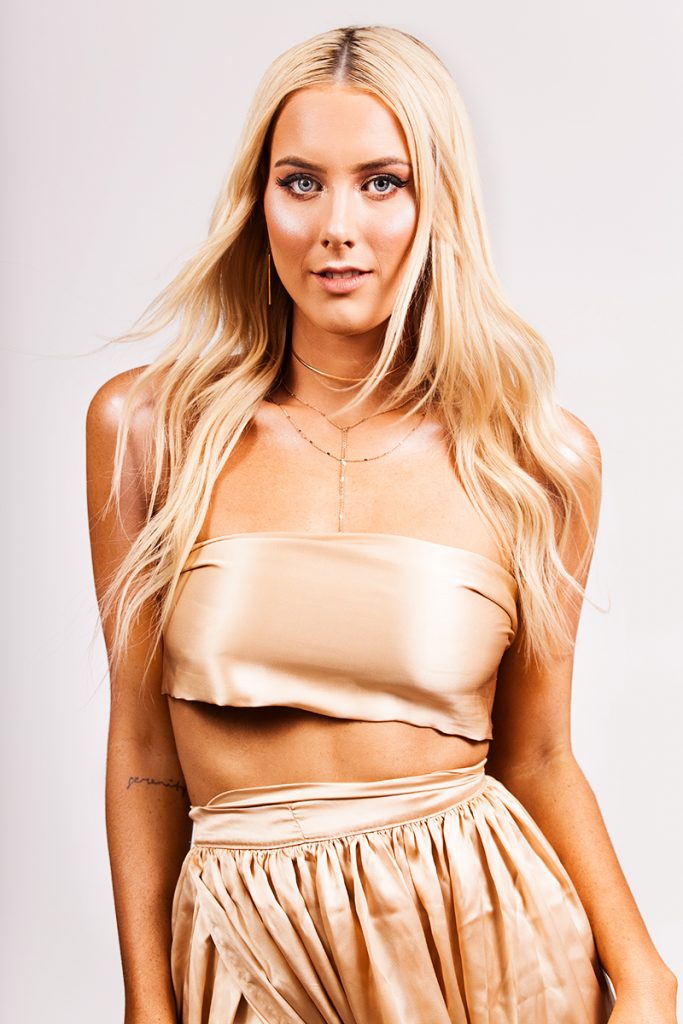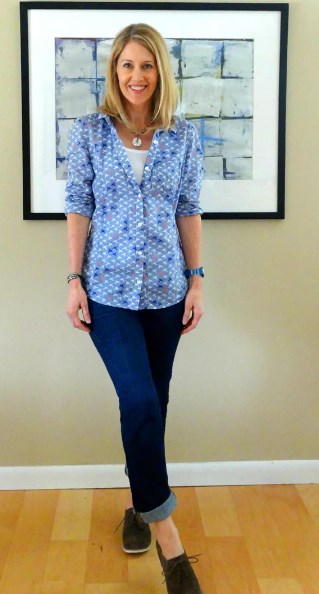The Beginner's Guide to Product Photography
If a image deserves a thousand words, a sensational product image deserves a thousand internet site check outs. Although I do not have data to back up that declaration (yet), product photography can be exceptionally beneficial to your ecommerce website technique.

To reach your target market members that choose acquiring online, you likewise need to provide your target market clear, attractive images of your items.
However product photography isn't as basic as pointing as well as shooting. Also one of the most standard products need the proper devices, illumination, and space to generate stunning photos that offer shoppers right from the purchase web page.
6 Product Photography Tips (and Instances) for Taking Photo That Sell
Here are the pointers, instances, and materials you'll need to effectively photograph and also market your products in such a way that makes your visitors as well as prospects want to convert.
1. Don't hesitate to utilize your smartphone's camera.
This is the component where I'm expected to convince you to buy a high-end, 50-megapixel (MP) electronic camera with a 100-millimeter screw-on lens. However I'm not going to do that.
If you currently have a video camera that fits this summary, take advantage of it. However, for many sorts of products, it's totally appropriate to fire product photos on a smartphone.
More recent smart devices boast powerful video camera lenses and settings that enable you to enhance your shots for the different kinds of light and atmospheres you may fire in.
If you need much more convincing, just check out Apple's Shot On An iPhone project as well as the pictures that have arised from it for many years such as this:
2. Shoot from a tripod for photo consistency.
Prior to describing tripods, I'm obliged to start with a primary guideline: Do not prop your phone versus something strong to aim your lens toward the subject.
It's just too simple for this makeshift setup to glide about during the shoot and also cause inconsistencies in your photos' look. If you rest your camera on, say, a stack of books, simply be sure this plan doesn't alter over the course of the shoot.
There's no damage in holding your camera yourself when firing just a few product pictures for your ecommerce internet site. Yet as your business expands, and also you take a lot more photos of more items, it can be difficult to systematize the product's orientation in each photo when firing portable.
To make sure uniformity across your products, you'll need a tripod. As well as thankfully, getting one isn't always the huge, industrial-sized investment it made use of to be.
Below are 2 sorts of tripods to think about.
Typical vs. Flexible
This is a custom tripod-- there are standard tripods available for both cameras and also mobile phones.
A versatile tripod can be adjusted in a number of Browse this site means. You can bend its legs and also position it on different surfaces to obtain the angle you need.
Mobile Grip
There's often a screw on the top of your tripod which connects to your camera to hold it in position. The bottom of many professional-grade cams has a screw opening just for this function, but smart devices can utilize the following adapter:
The adapter grips the sides of your smartphone as well as can screw right into either type of tripod, enabling you to operate the camera regulates with the phone screen dealing with outward and also towards you.
When you figure out which place you'll need, set it up before your product, and also think about placing three items of tape on the ground to mark where you would love to maintain each leg of your tripod throughout the shoot.
3. Select all-natural light or artificial light.
Never ever take too lightly just how particular sorts of light can improve (or impede) your product photography. Remember, customers obtain the best take a look at an product face to face, where they can see every little thing they require to prior to buying. The appropriate lights setup assists you expose those crucial decision-making product attributes when all web site visitors have to go on is a photo.
A single lights arrangement may not benefit every product-- a lights plan that helps some products could deteriorate the look of others.
There are two sorts of light you can choose as your main source of light: all-natural and man-made light.
All-natural Light
All-natural light refers to sunlight-- basic as that. It's also referred to as "soft light" since the sun casts a larger, softer range of light than, say, a light radiating directly on the product. Ecommerce product shots thrive in all-natural light if:
The product is shot outside or implied to be utilized outside.
The product is utilized by, worn on, or shot with a person ( individuals often tend to look far better in natural light).
You're trying to stress the product's surroundings, instead of certain features of the product.
Right here's an instance of a shot using natural light:

Synthetic Light
Man-made light includes candle lights, fire, as well as more commonly, light bulbs. It's likewise described as " difficult light" due to the fact that it produces a smaller sized but a lot more focused light surface area. This kind of light accommodates products with physical information that need to be highlighted to thrill an online customer.
As a general rule, adhere to simply one kind of light per photo-- all-natural or artificial. Adding all-natural light to an synthetically lit photo can soften a product that's meant to look sharp, as well as adding artificial light to a naturally lit photo can hone a product that's implied to look soft. You don't wish to get in your own way.
4. Load or bounce your light to soften shadows.
Whether you make use of natural light or man-made light, you'll need to lessen the darkness that any kind of possible hard light casts on the contrary end of a product.
There are three methods to do this:
Fill Light
Consist of one more, less-intense source of light to supplement your major light. This extra light is called your fill light as well as is made use of as a counterbalance to soften the all-natural darkness your main light produces behind an item.
To do this, place your fill light opposite your major light so your product rests between both light sources.
Flashbulb Bounce Card
A bounce card, or reflector card, is a tiny card that " shows" or "bounces" the main light back onto the surface area underneath your product to minimize darkness.
Some bounce cards attach to the flashbulb of a expert cam lens to diffuse the light from the camera's flash. This card splashes a softer light onto the topic from over your set-- as opposed to right at it-- so you don't have long darkness trail behind the object you're shooting.
Standalone Bounce Card
If you're shooting from a smartphone, a flashbulb bounce card isn't an option, because you do not have a physical flash you can attach it to. Rather, make your own standalone bounce card positioned contrary your major light.

For beginners to product photography, this bounce card can effectively change your fill light, which counters the tough light from the camera flash or lamp that's facing toward the front of your product.
5. Utilize a sweep or picture setting to stress the product.
There isn't one ideal means to place your product, lights, and also bounce cards-- they can change drastically depending upon your background. Yet do not pick a background based upon what's simplest to produce. Backgrounds ought to resemble exactly how you want your customers to perceive your product when viewing it online.
Consider first whether you would certainly such as a white history or a extra dynamic, real-world history. There's an simple means to achieve each one.
White Background: Sweep
For white histories, it's not as basic as setting up a table versus white drywall. Also mobile phone cams can pick up little blemishes on a white wall that you would not see with the naked eye. To catch a perfect white background without any edges or imperfections, utilize a move.
A sweep is a large bendable sheet of paper, whose lower serve as the surface beneath your product and after that curves up right into a white wall behind the product.
On video camera, the move's contour is undetectable, emphasizing key product information as well as enabling the item to own all of a internet site visitor's interest.
Real-World History: Portrait Mode
Dynamic, real-world backgrounds are very attractive when capturing items that have a details usage or are being modeled by a person-- as you saw aware of the briefcase previously in this overview.
However, it's very easy for a real-world background to take the emphasis of the photo, making it unclear which product in the photo you're actually offering.
Give your product depth and also emphasis with picture setting, a picture setup on the majority of specialist cams, and likewise offered on several brand-new smart devices. This setup blurs the background so the context of the product is clear yet not competing versus the product itself.
Below is a extremely amazing photo of a HubSpot pen absorbed picture setting on a Google Pixel 2 (I took this image myself). You can inform the pen rests on a workdesk with a computer system behind it, however the pen is still the prime focus for viewers:
6. Fire a range of images.
My last ecommerce photography pointer to you is to not stop at one photo per product. Equally as your consumers look, hold, use, and also even try on merchandise in a store, your web site must shoot a range of images to replicate this very experience.
If you're firing clothing, as an example, capture the garment of clothing alone-- that is, spread out on a white surface area-- along with on a mannequin whose color contrasts the shade of the product.
Then, for added images, have the apparel modeled on a individual, enabling you to take photos of the product from the person's various poses as well as angles.
Product Photography Set-Up
Next off, let's summarize what we just got-- here's a list of quick product photography set-up tips that you can describe and also share on your group:
• Choose a electronic camera-- whether that suggests utilizing your mobile phone.
• Obtain a tripod that benefits your electronic camera of choice.
• Pick natural or synthetic lights-- consider which choice is best for your product and also atmosphere.
• Determine whether you'll fill or jump light.
• Select move or portrait mode.
• Take numerous various pictures to provide your customers range.
Start With Your Product Photography
Do not really feel required to buy every idea and tool simultaneously. Use these product photography suggestions gradually to see what makes your store look the most nice, and transform your approach as your photography chops get better.